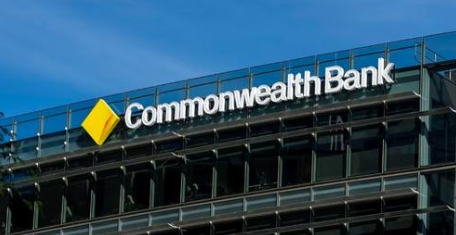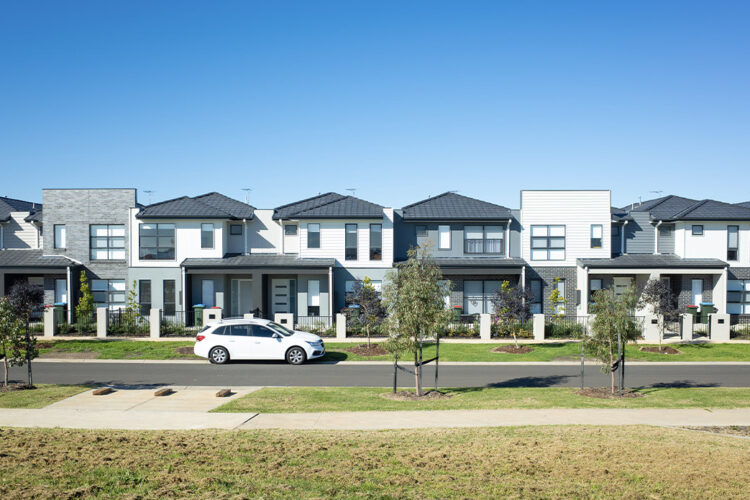For years, the biggest capital cities have been dominating headlines with their skyrocketing housing values. But a recent study revealed the city with the biggest 20-year median house price growth isn’t one of the usual suspects.
Peter Koulizos, a property academic at the University of Adelaide and a current member of the board of Property Investment Professionals of Australia (PIPA) said that when it comes to price growth, Sydney and Melbourne “regularly steal” the property media’s attention.
“We always hear about the property markets of our two biggest capital cities because a large proportion of our national population live there,” he commented.
But in terms of performance over the long-term, the expert argued that the two biggest cities are “well down the leaderboard”.
On the contrary, the expert posited that it’s the smaller cities that are the leaders of price growth over the last two decades.
To determine which capital city experienced the strongest median house price growth over the period, Mr Koulizos analysed the Australian Bureau of Statistics’ (ABS) median price of established house transfers from March 2002 to December 2022.
After crunching the numbers, one capital city stood out above the rest.
“According to the ABS data, Hobart was the star performer by a country mile over the past two decades, which just goes to show that smaller cities as well as major regional areas can be sound property investment locations,” Mr Koulizos stated.
Data showed the median established house price in the Tasmanian capital was 5.9 times higher in December 2022 than it was in March 2002, with the average value of houses in the city rising from $123,300 to $727,000 over the period.
Notably, another small capital city clinched second place, with Adelaide’s established median house price being 4.1 times higher than 20 years ago. During the period, the South Australian capital saw the average house price grow from $166,000 to $680,000.
In third place was Canberra, where the median house price has increased 4.08 times, with prices rising from $245,000 to $999,000 during 2002–2022.
And although the three largest capital cities, namely Sydney, Melbourne, and Brisbane, did not emerge as top performers during the period, Mr. Koulizos pointed out that their established median house prices still experienced “stellar” growth.
During the period, data showed Sydney and Melbourne’s established median house prices more than tripled, rising from $241,000 to $842,000 and $365,000 to $1.27 million respectively, while Brisbane’s increased fourfold, climbing from $185,000 to $750,000.
Completing the list of capital cities were Darwin and Perth, where the established median house prices have increased 3.16 and 3.05 times respectively since March 2002.
Mr Koulizos noted that the Northern Territory capital’s current median house price is now $600,000, up from $190,000, while the Western Australian capital’s median house price is currently $580,000, up from $190,000 two decades ago.
“What these statistics also showed was that every capital city had periods where median house prices fell, rose, or flat-lined because of a variety of economic factors, including two major global events over the time period in the GFC and the COVID-19 pandemic,” Mr Koulizos said.
With this, he reminded property buyers to view their real estate purchases as a “long-term investment” and not to be distracted by “ temporary impacts on median prices or markets”.
“That’s because, as these results show, real estate has a proven history of performance over the decades, with our nation offering a plethora of places – capital city and regional – where homeowners and property investors can strategically purchase property,” he concluded.


